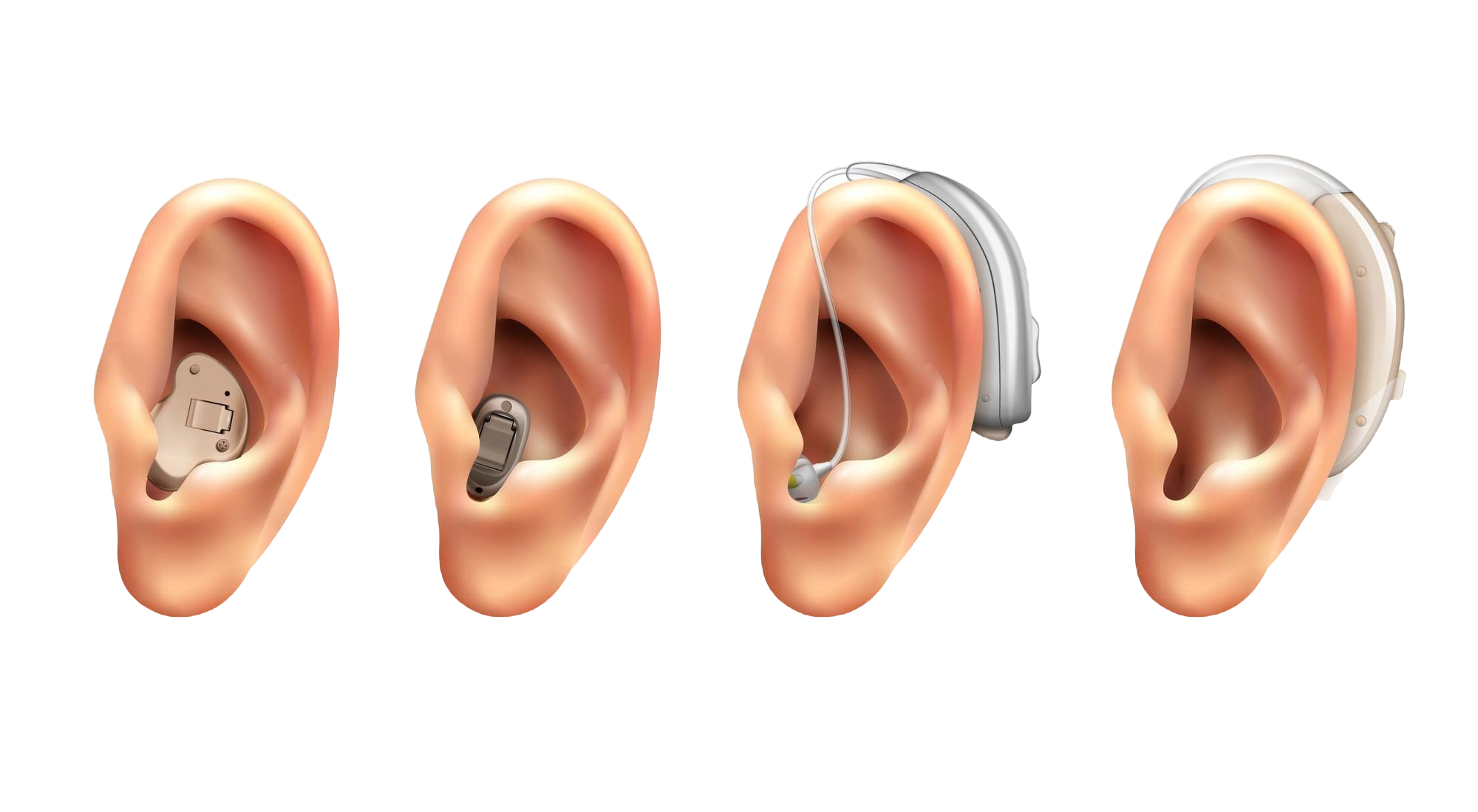Cause of Hearing Loss, Hearing Aid Clinic, Hearing Aids, Hearing Loss
By Team capilot | January 2, 2025

Hearing aids are small electronic devices that we wear in or behind the ear to fix various hearing loss issues. There are different types of hearing aids and styles and you can select your custom hearing machine based on the hearing loss concern you have.
To start with, hearing aids are tiny electronic devices that people wear in or behind the ear. A hearing aid has three main parts, a speaker, amplifier and microphone. The hearing aid receives sounds via the microphone and converts the sound waves into electrical signals further sending them directly to the amplifier. Once done, the signals increase in power through the amplifier and go straightaway to the ear via the speaker.
There are different types of hearing aids that you will get at Hearing Plus. These include the following:
Behind-the-Ear (BTE): Least visible hearing aid that comes in a sleek design.
Receiver-in-Canal (RIC) and Receiver-in-the-Ear (RITE): RITE hearing aids are less visible and come in rechargeable batteries and directional microphones.
In-the-Ear (ITE): Get a hassle-free user experience with ITE hearing aids. Available in directional microphones and a volume control option.
In-the-Canal (ITC): ITC hearing aids offer less visibility and smaller size to users.
Completely-in-the-Canal (CITC): Buy excellent CITC hearing aids. Available in a small size and offer less visibility to users.
Invisible-in-the-Canal (IITC): The IITC hearing aids are the smallest hearing aids so far. Notable features include directional microphones and a volume control option.
And the price option for each model will vary according to the features and benefits they offer and the quality of sound and speech clarity users can expect from them. In short, the amount you pay for your hearing aid will be based on the model you choose and the extent to which it improves and enhances your hearing potential.
| Feature | Analog Hearing Aids | Digital Hearing Aids |
| Sound Conversion | Converts sound waves into electrical signals | Converts sound waves into numerical or binary codes |
| Programming | Can be programmed based on audiologist recommendations | Offers greater flexibility in programming |
| Circuitry | Suitable for all types of hearing aids, supporting various listening environments and sound levels | Compatible with various hearing aid models, supporting diverse sound levels and listening environments |
| Cost | Less expensive | More expensive |
Before you choose a specific hearing aid, you must consider the type and severity of hearing loss you have. Further, you must consider your unique lifestyle and hearing needs and select a hearing aid model that best suits these criteria.
Also, you must pay attention to your budget as hearing aid prices vary significantly according to the features and benefits they offer and the sound quality and hearing experience you will get from the machine.
At Hearing Plus, our audiologists will recommend a suitable hearing aid style unique to your present hearing health and that fixes your hearing concern permanently.
Here are some of the maintenance tips that will keep your hearing aid up and proper for years to come.
Choosing a hearing aid is easier said than done. You need to consider various factors to do so such as your unique lifestyle, budget, hearing needs and the individual features and benefits each model offers.
At Hearing Plus, we make this task hassle-free for you with a one-to-one consultation with our audiologists to get the best guidance and recommendations.
Some of the common hearing aids you will get in the market these days include Behind-the-Ear (BTE), Receiver-in-Canal (RIC) and Receiver-in-the-Ear (RITE), In-the-Ear (ITE), In-the-Canal (ITC) and Completely-in-the-Canal (CITC), offering different features and benefits to users to ensure better hearing.
Directional microphones, Bluetooth connectivity, 2.4GHz wireless connectivity and Artificial Intelligence are some of the latest technologies that you can expect in the present-day hearing aids. At Hearing Plus, we offer advanced hearing aid technologies to users including AI integration, Bluetooth connectivity, Tinnitus masking features, RIC technology and more.
Oticon Xceed is the most advanced hearing aid that offers you a matchless hearing experience. By using this hearing aid, you will get an open sound experience. And the best part is this hearing device can connect wirelessly to any type of latest smartphone or digital gadget seamlessly.
Follow these steps to get your hearing aid to work.
As such there are no side effects of using hearing aids. But, sometimes the user may experience headaches when wearing the hearing device initially. This generally happens due to the new sounds coming into your ear one after the other. See an audiologist if you are experiencing the same problem.
Get Free Consultation
Related Blogs
By Team capilot | May 11, 2024
By Team capilot | April 30, 2024
By Team capilot | April 26, 2023
By Team capilot | April 19, 2023
By Team capilot | April 12, 2023
Health articles that keep you informed about good health practices and achieve your goals.
Hearing aids are small electronic devices that we wear in or behind the ear to fix various hearing loss issues. There are different types of hearing aids and styles and you can select your custom hearing machine based on the hearing loss concern you have. What Are Hearing Aids? To start with, hearing aids are […]
Is your child suffering from hearing problems? If yes, then he or she may need the ASSR or ABR hearing tests based on the severity of their hearing concern. So, today’s blog will chiefly focus on the following points while discussing about these two hearing exams: What are ASSR and ABR Hearing Tests? ABR (Auditory […]

